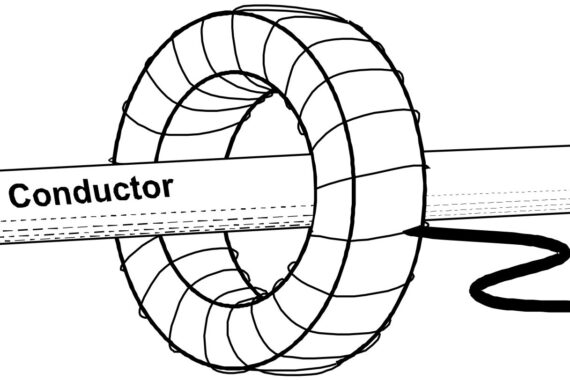0 items
Operating Limits
The limits shown below are given as a guide only and it is sometimes possible to design a special system for operating outside these limits.

Upper Limits
The direct output from the coil depends on the rate of change of current. For sufficiently high currents and frequencies the output can be large enough to cause a voltage breakdown. Coils with a low mutual inductance are best for high currents and frequencies.
Resonance limits
Each coil has a resonant frequency which results from its self inductance and self capacitance. This can range from a few tens of kHz for a rigid coil to several MHz for a low output coil. The resonant frequency depends on the size of the coil and the length of the output lead. At the resonant frequency the coil output can be several times larger than the ‘correct’ output. The resonance can be controlled by connecting a damping resistor across the coil so that the output can ‘roll-off’ at high frequencies without the resonant peak but the resonance effect means that each coil type has an inherent upper frequency limit.
Lower Limits
At low currents and low frequencies the direct output from the coil is very low and the usefulness of the current transducer is limited by noise effects. Rigid coils which have a large mutual inductance are best for very low current measurements. The low current limit can be extended by using multiple primary turns round the coil or in the case of a flexible coil by wrapping the coil several times round the conductor. Electronic methods of signal recovery such as filters or phase-sensitive detectors are also useful.

Applications


Share this page